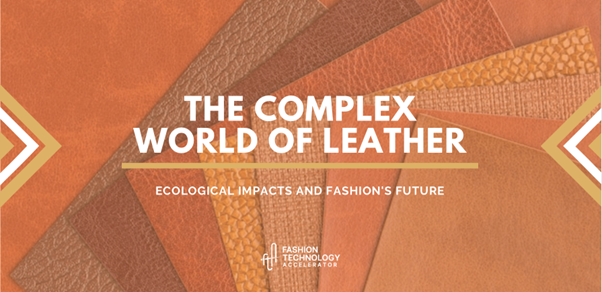
The fashion industry’s search for leather alternatives highlights a complex issue: balancing ecological impacts, ethical concerns, and the future of sustainable fashion. Traditional leather production is often scrutinized for its high carbon footprint, land use, and animal welfare issues, particularly due to the environmental harm caused by chromium-based tanning processes. This has spurred the search for more sustainable and ethical options.
The increasing popularity of faux leather, notably showcased in Kylie Jenner’s KHY clothing line with its fossil-based faux leather trench coat, has sparked debates about the ecological validity of such materials. The central concern is the sustainability of materials labeled as eco-friendly or vegan, especially when they are made from short-lived plastics that contribute to environmental degradation.
Despite the adoption of faux leather by major brands like Shein, Zara, and H&M as a purported environmental solution, sustainability experts warn that this might actually worsen environmental issues. The lack of an effective recycling system for these materials exacerbates the climate crisis and ecosystem destruction. Additionally, there is a concerning absence of regulation over the production and use of these materials.
Experts such as Jocelyn Whipple from The Right Project, and fashion journalist and vegan activist Alexandra Farah, have criticized the term “synthetic leather.” They argue that such materials often lack the durability, longevity, and natural compostability of traditional leather, making them a problematic choice.
This situation raises an important question: If the ethical use of animal leather is in doubt and its common alternatives harm the environment, what viable options are available? Many believe the answer lies in materials derived from agricultural or organic waste, such as apple leather, mushrooms, and bacterial by-products, with promising developments in materials like carob and Mirum mushrooms.
CDC_Studio is a leader in the sustainable leather industry, embracing eco-friendly materials like leftover textiles and recycled plastic, as well as agricultural waste-derived leather alternatives. They also incorporate recycling and upcycling into their production, endorsing a circular economy in fashion. CDC_Studio emphasizes consumer education on the proper care of sustainable leather products, maintaining transparency in their practices, and educating consumers about the environmental impacts of different leather choices. Their expansion through collaborations aims to make sustainable leather more accessible, marking them as a pioneer in promoting sustainable, ethical alternatives.
In response to these challenges, the development of more sustainable fabrics is underway. Eco-friendly leather alternatives made from vegetable rubber or fruit fibers, such as pineapple, apple, and grape, are becoming more popular. These alternatives replicate the appearance of traditional leather but are made from plant sources, thereby reducing their environmental impact.
However, even genuine leather, known for its durability, has environmental downsides, mainly due to the use of chromium in its production. In contrast, eco-friendly leathers use plant-based materials like grape tannins and natural dyes, offering a more sustainable option. Addressing the durability and maintenance concerns of faux leather is crucial, as it often has reduced longevity and is prone to peeling. Regular cleaning and proper storage can significantly extend the lifespan of these products.
Moreover, there is a growing emphasis on transparency and traceability in the supply chain for both traditional and alternative leathers. Consumers are increasingly demanding information about the origins of the materials used in their products, their environmental impact, and the working conditions of those involved in their production. Brands are responding by adopting more transparent practices and seeking certifications that ensure responsible sourcing and production.
In conclusion, while more sustainable options like cactus, apple, and pineapple leathers are available, the next generation of materials, such as mycelium leather and cell-based leathers, promise even lower environmental impacts. The fashion industry faces the challenge of increasing the production of these alternatives and promoting their adoption beyond luxury brands, ensuring that all consumers have access to quality, durable, and genuinely sustainable fashion options.
Sources:
https://www.cdc-studio.it
https://www.peta.org/living/personal-care-fashion/what-is-vegan-leather/
https://www.harpersbazaar.com/uk/fashion/fashion-news/a30640996/vegan-leather-sustainability/
https://www.therightproject.org